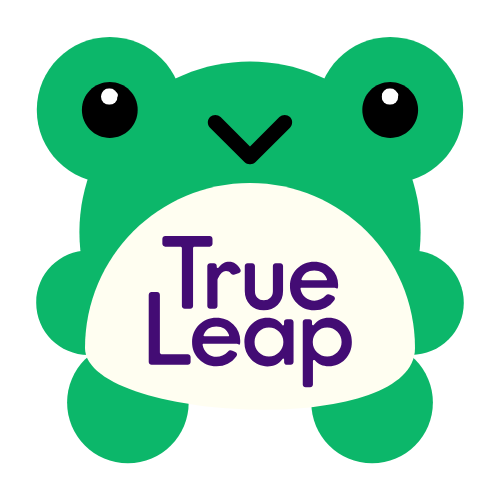Supporting every student’s learning needs involves recognizing the diversity in how individuals process and engage with information. Different students learn in different ways, and understanding these diverse learning styles is key to creating an inclusive and effective learning environment. Here are some ways to support every student’s needs, based on various learning styles:
- Visual Learners Visual learners understand and retain information better when it is presented in a visual format. They benefit from:
Charts, diagrams, and infographics: Using visual aids to explain concepts and ideas can help them grasp material more effectively.
Color-coded notes: Encouraging students to use colors to organize their notes or highlight important information can aid in their understanding and memory.
Videos and multimedia: Incorporating videos, slideshows, or animations into lessons can engage visual learners.
- Auditory Learners Auditory learners absorb information best when it is spoken or heard. To support them, try:
Lectures and discussions: Providing opportunities for verbal explanations and discussions encourages auditory learners to process information through listening.
Podcasts and audiobooks: Supplementing learning with audio materials helps auditory learners engage with the content.
Group activities and storytelling: Encouraging group discussions or storytelling can help auditory learners connect with the material.
- Kinesthetic Learners Kinesthetic learners learn best through movement, hands-on activities, and physical interaction with the material. To support kinesthetic learners:
Interactive projects: Allow them to engage in activities like building models, performing experiments, or using manipulatives.
Movement-based learning: Incorporate physical activities into lessons, such as role-playing or moving to different stations for different tasks.
Hands-on experiments: Encourage students to experiment and explore concepts physically, like science labs or art projects.
- Reading/Writing Learners Reading/writing learners thrive when they engage with written materials. To cater to their learning style:
Written assignments: Provide opportunities for students to express their learning through writing, whether it’s essays, reflections, or summaries.
Note-taking: Encourage students to take detailed notes, write reflections, or maintain a journal to process the content.
Reading assignments: Supply reading materials like textbooks, articles, and other written resources to reinforce learning.
- Interpersonal Learners (Social Learners) Interpersonal learners excel when they work with others. These students thrive in collaborative environments. Ways to support interpersonal learners include:
Group work and projects: Allowing students to work together fosters their learning through discussion and teamwork.
Peer teaching: Have students explain concepts to each other, which can help solidify their understanding.
Classroom discussions and debates: Creating an environment where students can share ideas and perspectives helps social learners thrive.
- Intrapersonal Learners (Independent Learners) Intrapersonal learners prefer working alone and may be introspective. To support these students:
Personalized learning: Allow for independent study time and opportunities for self-paced learning.
Reflective tasks: Use journaling or self-assessment activities where students can reflect on their learning and progress.
Independent projects: Provide assignments that encourage self-direction and personal exploration of topics.

